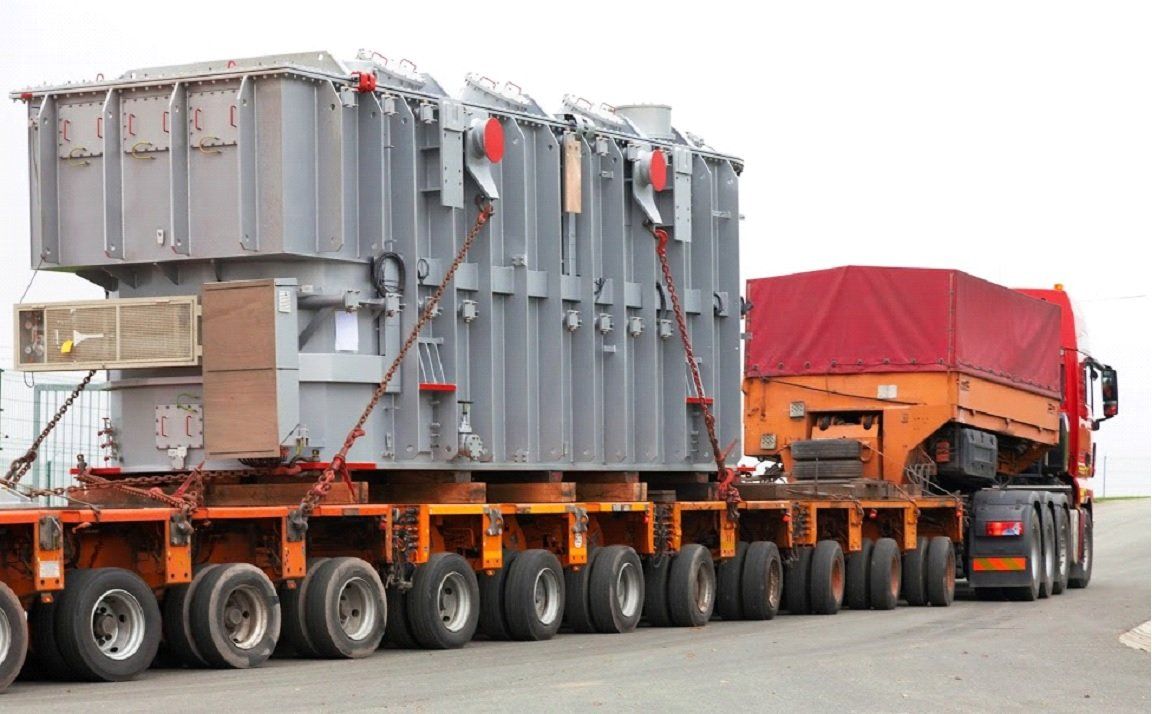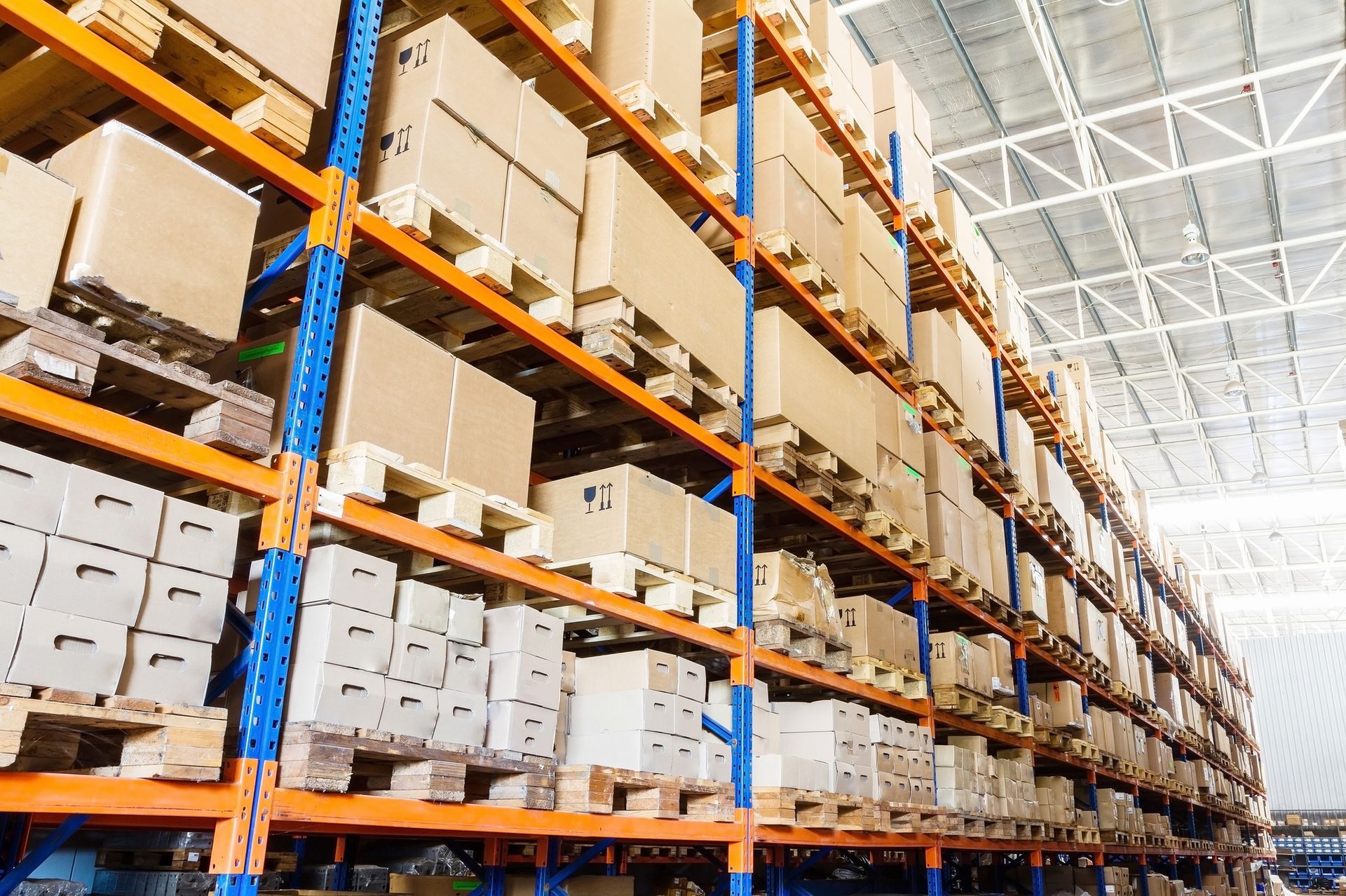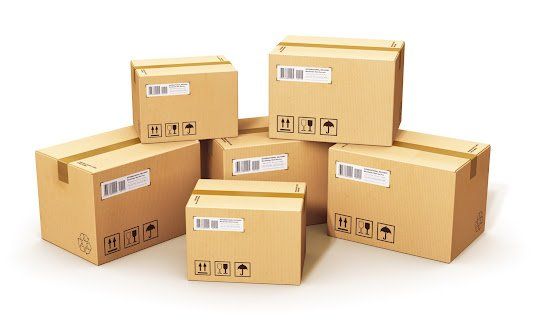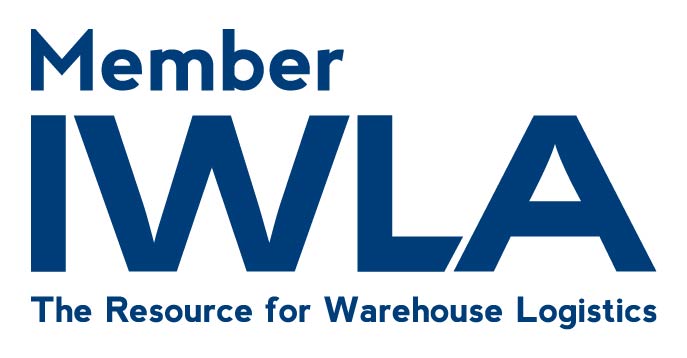Shipping Something Really Large? 3 Factors That Will Affect It
Admin • May 19, 2020
This is a subtitle for your new post

Do you need to ship one or more items that are very large, bulky, and awkward? To get your shipment where it needs to go on time and safely will require that you understand the standards and options for transporting oversize goods. While some aspects are similar to shipping smaller items, the unique aspects of large shipments can make a big difference in price and timing. Here are three key elements that will affect cost.
1. LTL or TL
Certainly the easiest and least expensive way to ship large goods is if they fit into standard trucking cargo options. Even if a single shipped item takes up half or more of the truck's cargo interior, you can still save money by paying for your percentage and sharing the delivery costs with other shippers.
This shipping method is known as LTL, or less than truckload, shipping. It is the most versatile option, and it is perfect for large equipment that can be disassembled for transit.
If your goods will take up the bulk of the truck's cargo space, you likely need to use TL, or truckload, shipping.
Your carrier can help you determine which type of transport your particular goods qualify for based on dimensions and weight. In some cases, a shipment consisting of as little as ten pallets could require a full truckload.
2. Oversize Transportation
Some shipments are so large or oddly shaped that they require something other than a simple truck container. If your equipment or goods are more than about 8 1/2 feet wide (or long) or 13 1/2 feet high, you may have to change to oversize transportation.
Lowboys and drop deck trucks are open-sided and open-top trucks that are designed to carry very large pieces of equipment that would otherwise be too tall for standard road operations. For instance, if the route includes overpasses or tunnels with height restrictions, you'll need to stay under the limitations.
If your goods are long rather than tall — such as a long cylinder that isn't particularly large but cannot be broken into segments for transport — a stretch trailer may be able to extend the bed's length as needed.
Certainly, specialized trucking needs will cost more than standard ones and have different availability. But if the item cannot be reduced to smaller components, if it would be unsafe to do so, or if there would be added cost to disassemble or reassemble, this is a necessary cost.
3. Dimensional Weight
Depending on the makeup of your oversized shipment, you may have to deal with the concept of dimensional weight as well as size considerations. Each carrier has its own dimensional weight calculations, which are most commonly applied to air cargo situations.
Dimensional weight applies in situations where a shipment is unexpectedly heavy or light based on its dimensions. Following with the example above of the single long but lightweight cylinder, freight based on weight would not capture how much volume you need to use. The answer that carriers use is a formula that better matches up the real costs of shipping something with the mass or volume of your product.
If your goods are more expensive based on their dimensional weight calculations, you may be able to use a different carrier, adjust packaging sizes, or choose a slower freight option.
Do you need help preparing your large goods for shipping or finding the right shipping solutions? Start by consulting with the freight transport professionals at JBS Logistics. We work with many high-quality carriers that can accommodate shipments both large and small. Call today to make an appointment or to learn more about working with large shipments.















